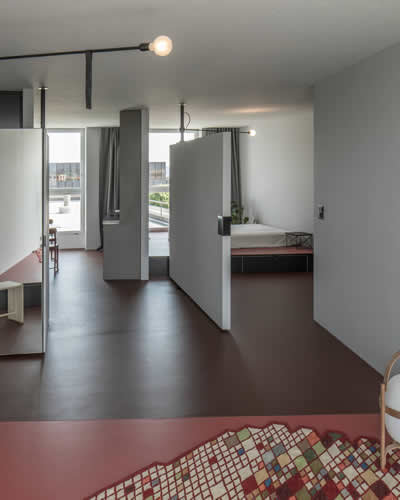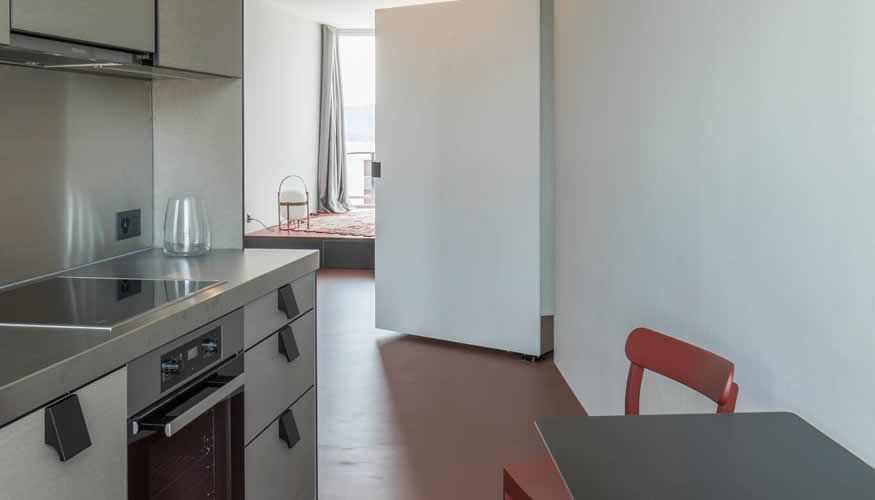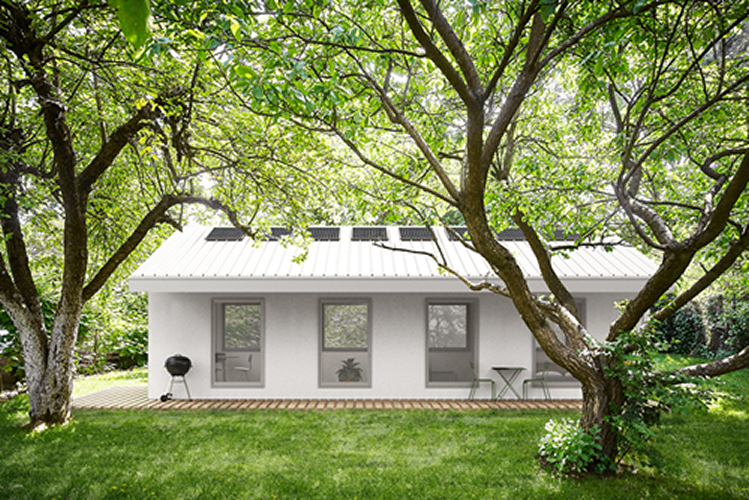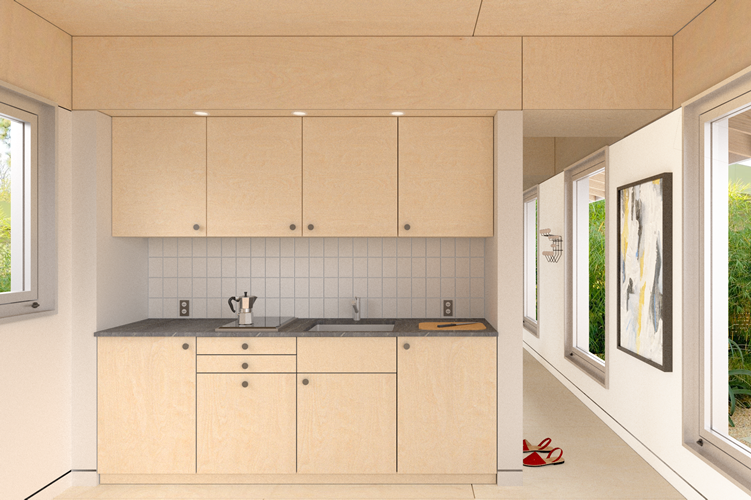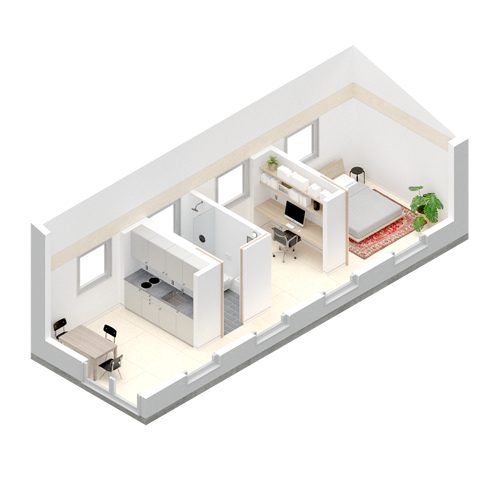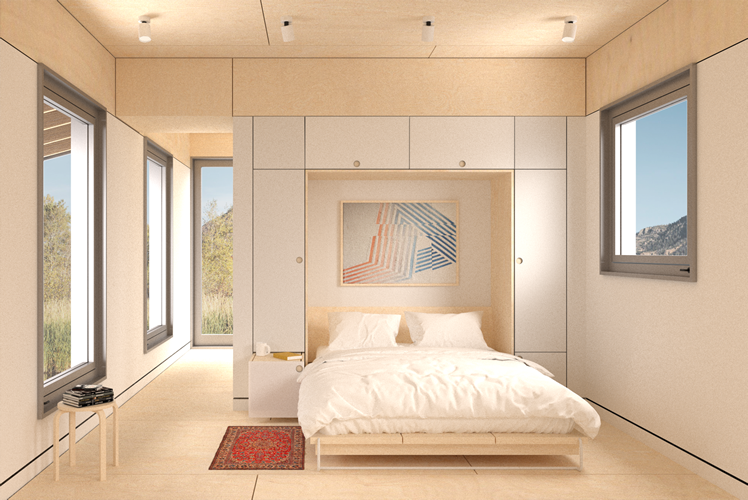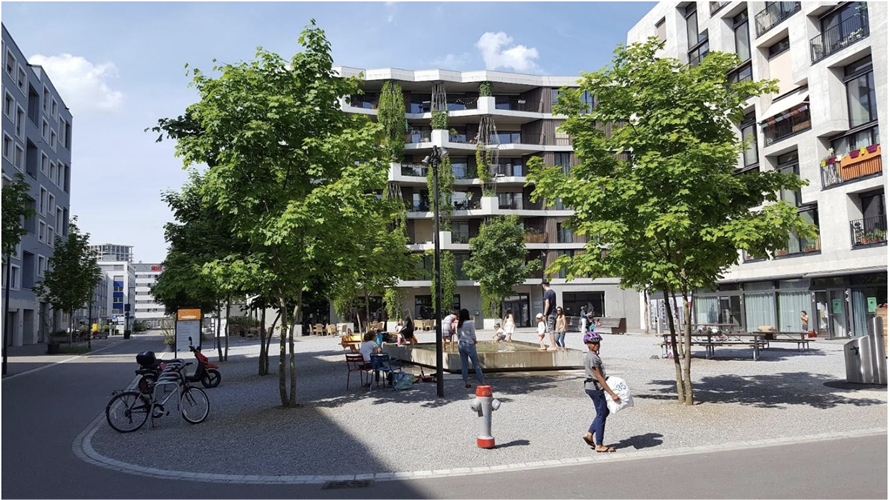Semifinalist Instructions
STAGE 2: SEMIFINALISTS INSTRUCTIONS
Bullet Points for Writing Your Essay
You are asked to expand your Proposal into a 2,500 word Essay. Your Proposal was selected because it already reflects an especially good understanding of this year’s topic and Question. Do not discard your original thoughts and ideas, but now make an in-depth argument that supports and enhances your thesis.
- Reviewer Comments. Before you begin to write the 2,500 word Essay, it is important that you carefully consider any reviewer comments about your Proposal. These comments are meant to help you write a winning essay. Please look for the reviewer comments in your Author Portfolio. (NOTE: Not all reviewers provide comments.)
- The Essay is different from the Proposal. Your Proposal was selected because the Committee believed that it was a good outline that had the potential to be developed into an even better essay. You want to do much more than simply re-state your argument. Explore and expand your ideas, the reasons for them, and the conclusions you have reached because of them.
- Substantiate the above thoughts with specific examples. This year’s topic is about how to work with and apply the knowledge and findings of social scientists to make architecture better. Although the vast majority of the proposals this year identified important areas of concern and personal interest, a number did not describe in any but the broadest terms how the authors would approach a specific housing project and the role(s) social scientists might take in this endeavor. It is important to describe in some detail what you think and hope this process might entail.
- Ask a friend to read your Essay before submitting it. Better yet, show it to two friends proficient in English: one, a fellow architecture student; the second, a person not familiar with the discipline or profession. Use their input to revise your draft. If you can prevail on them, ask them to read your revised draft. Ask them how your argument can be made clearer and the language more succinct – it always can be, whether English is your first language or not.
We ask that you include four (4) digital photographs of images from the Berkeley Prize website - preferably from the Resources provided for this year’s topic - to help describe the content of your essay. One of these photos can be the image you already posted with your Proposal, but it needs to be re-posted. The photographs should be no larger than 1 MB, and be in .jpeg format. No more than the four photographs will be accepted. There is space provided at the end of the submittal form to upload the images. Space is also provided to number and short caption for each image. Do not assume that just because you have posted the photographs that your responsibility is reduced to carefully describe in words your ideas. To the contrary: use the illustrations to support and provide examples of the arguments you make in your writing.
Judging Criteria
Judging for the Essay Competition is on a numeric system. The members of the Berkeley Prize Committee are asked to evaluate each Essay in terms of the following criteria:
- Does the Essay address the Question?
- How creative, or creatively developed, is the Essay?
- Would the Essay be clear to a broad audience?
- How does the Essay rank in terms of writing style?
- How socially significant is the Essay?
Each Essay is given a score of 1 to 5 (5 being the highest). The top scoring Essays, usually seven or eight, become Finalists and will be sent to this year's Jury members.
MOST IMPORTANTLY, HAVE FUN AND GOOD LUCK!
Essays due any time before midnight, GMT, 1 February 2022
|
|
|
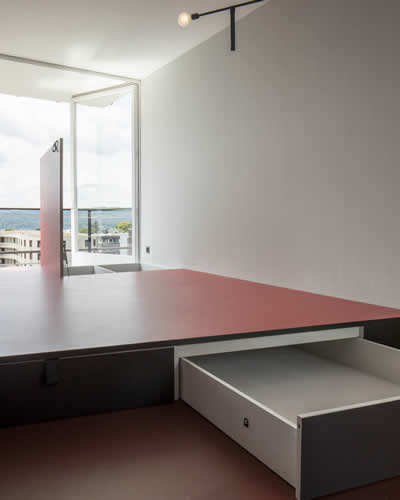 Elli Mosayebi, Edelaar Mosayebi Inderbitzin Architects (BP2022 Juror): vacancy – no vacancy project. "The two built-in platforms contain numerous storage compartments for personal belongings." (See Essay Question: Introductions by jurors.)
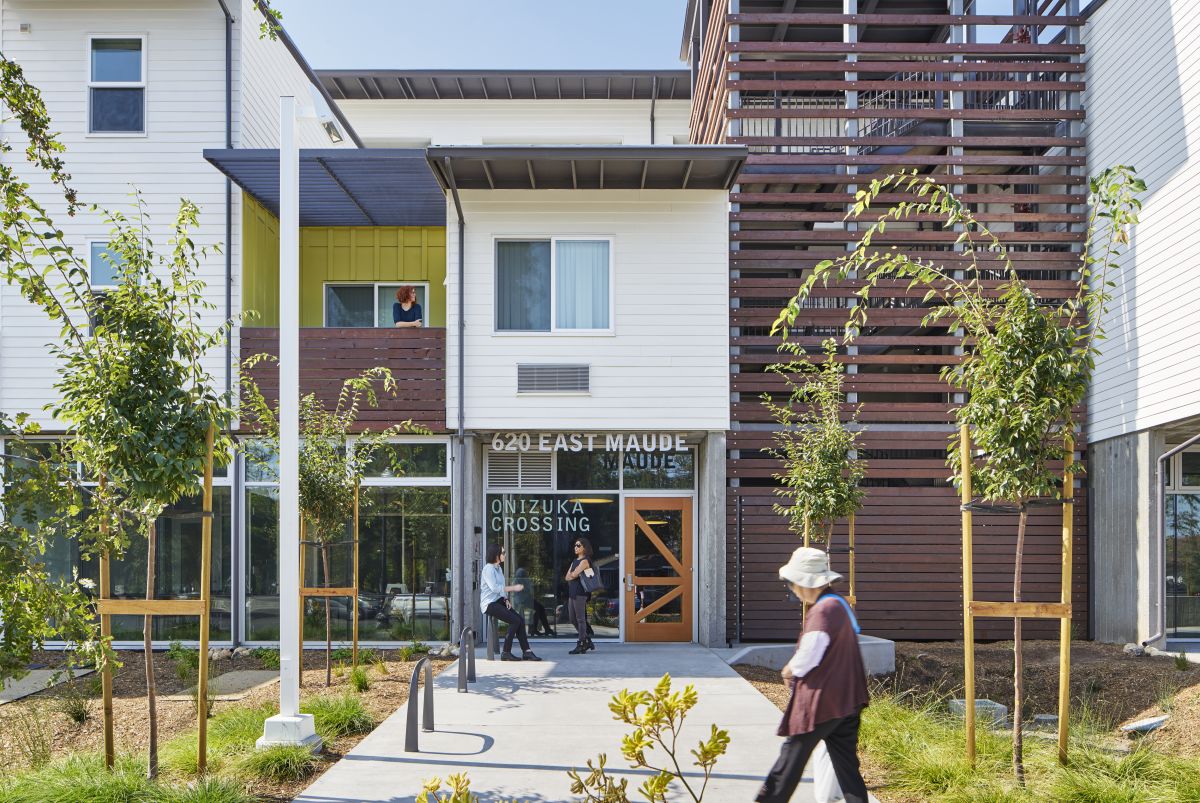 Onizuka Crossing Housing, David Baker Architects, San Francisco, 2016. The result of a partnership between MidPen Housing and the City of Sunnyvale, California, U.S.A., Onizuka Crossing provides 58 low-income working families with new, affordable rental homes in Sunnyvale, the heart of the Silicon Valley. Twenty-nine units are reserved for formerly homeless individuals and their families. (See: https://www.dbarchitect.com/project_detail/178/Onizuka%20Crossing%20Family%20Housing.html) Photo credit: ©Bruce Damonte.from DBArchitect.com.
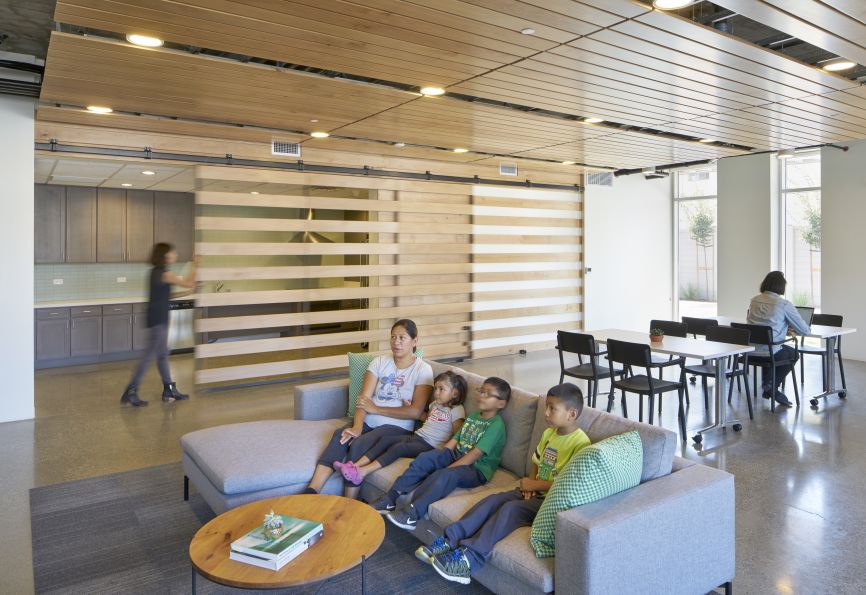 Onizuka Crossing Housing, David Baker Architects, 2016. "Former homeless residents receive extensive supportive services in collaboration with the Santa Clara County Department of Behavioral Health and the U.S. Veterans Administration Palo Alto Healthcare System... Onizuka Crossing is a prime example of infill development, transforming a U.S. National Guard armory building into supportive, permanent affordable housing." (See: https://www.dbarchitect.com/project_detail/178/Onizuka%20Crossing%20Family%20Housing.html) Photo credit: ©Bruce Damonte from DBArchitect.com.
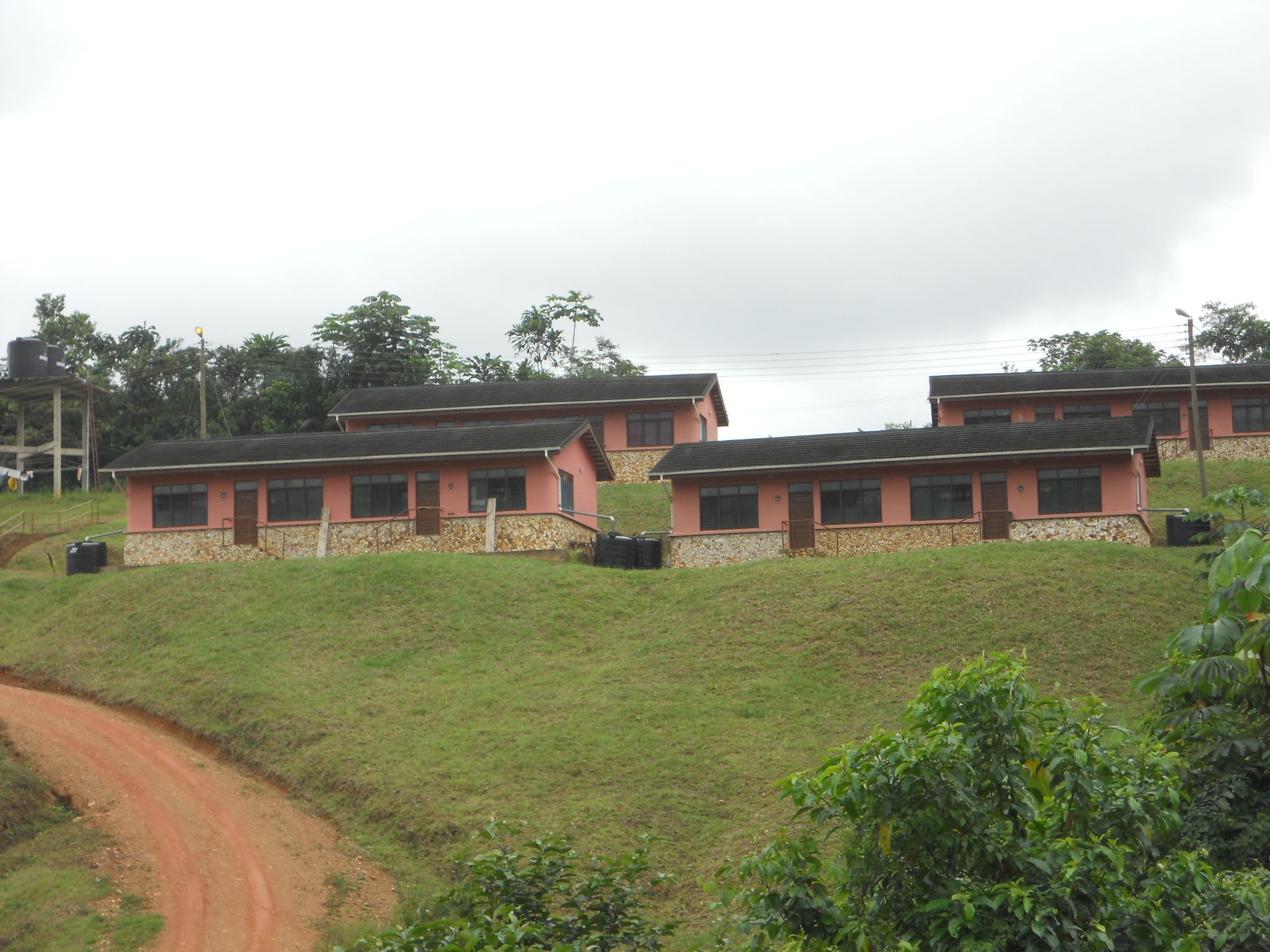 S. Tetteh + Associates Architects, Accra, Ghana. Low-cost housing project for rangers and conservation staff at the Bia and Ankasa Reserves, Juabeso-Bia district, southwest Ghana.
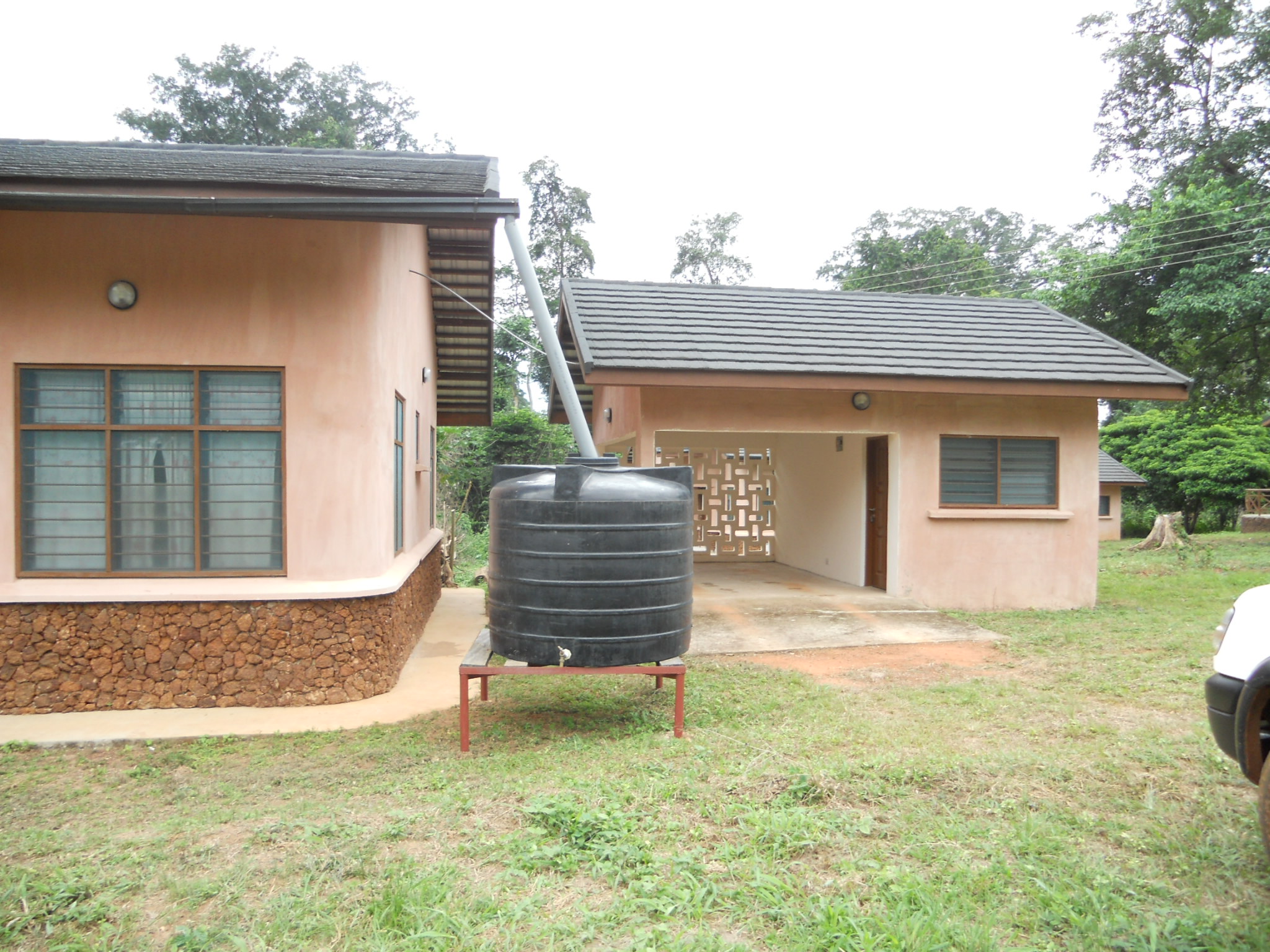 S. Tetteh + Associates Architects, Accra, Ghana. Low-cost housing project for rangers and conservation staff at the Bia and Ankasa Reserves, Juabeso-Bia district, southwest Ghana. 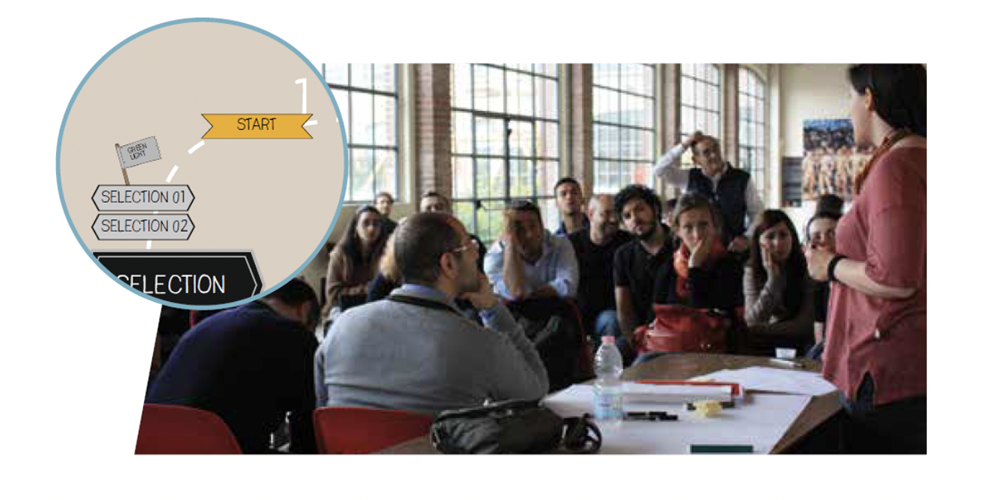 Fondazione Housing Sociale, Milan, Italy: The Housing Foundation developed a class to help future residents form a collaborative community in their housing development. Research by Dorit Fromm, Writer, Architect, BP2022 Juror: (See Essay Question: Introductions by jurors.)
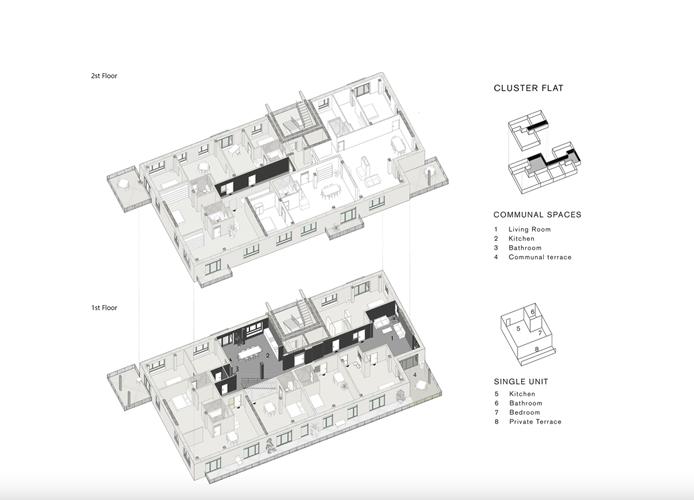 From the manual "Starting Up Communities, A Design Kit for Collaborative Housing," Fondazione Housing Sociale, Milan, Italy. Research by Dorit Fromm, Author, Architect, BP2022 Juror: (See Essay Question: Introductions by jurors.)
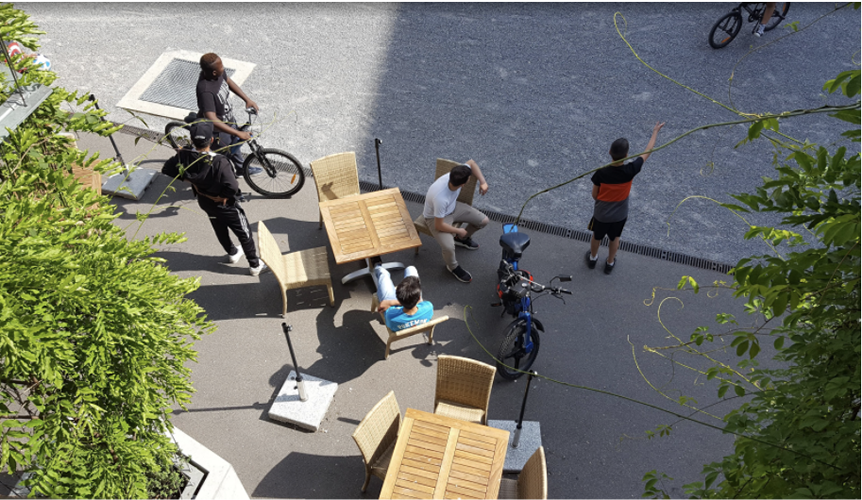 Mehr als Wohnen, Switzerland: Childcare and afterschool care are located on the ground floor level of the housing, as well as a café and other neighborhood services. Research by Dorit Fromm, Author, Architect, BP2022 Juror: (See Essay Question: Introductions by jurors.)
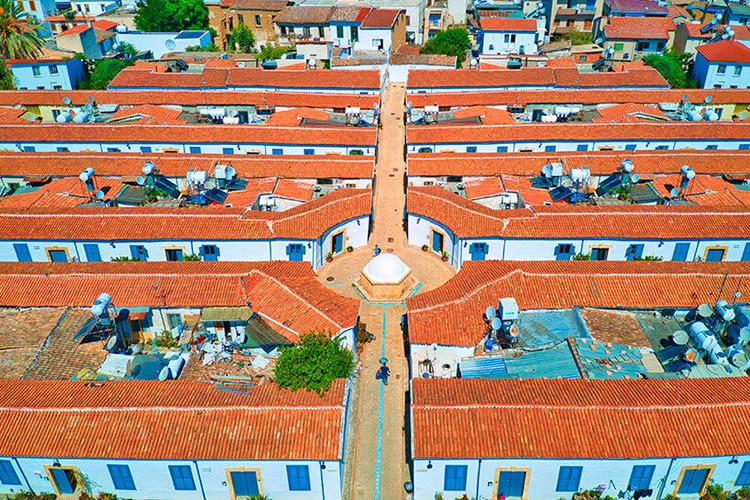 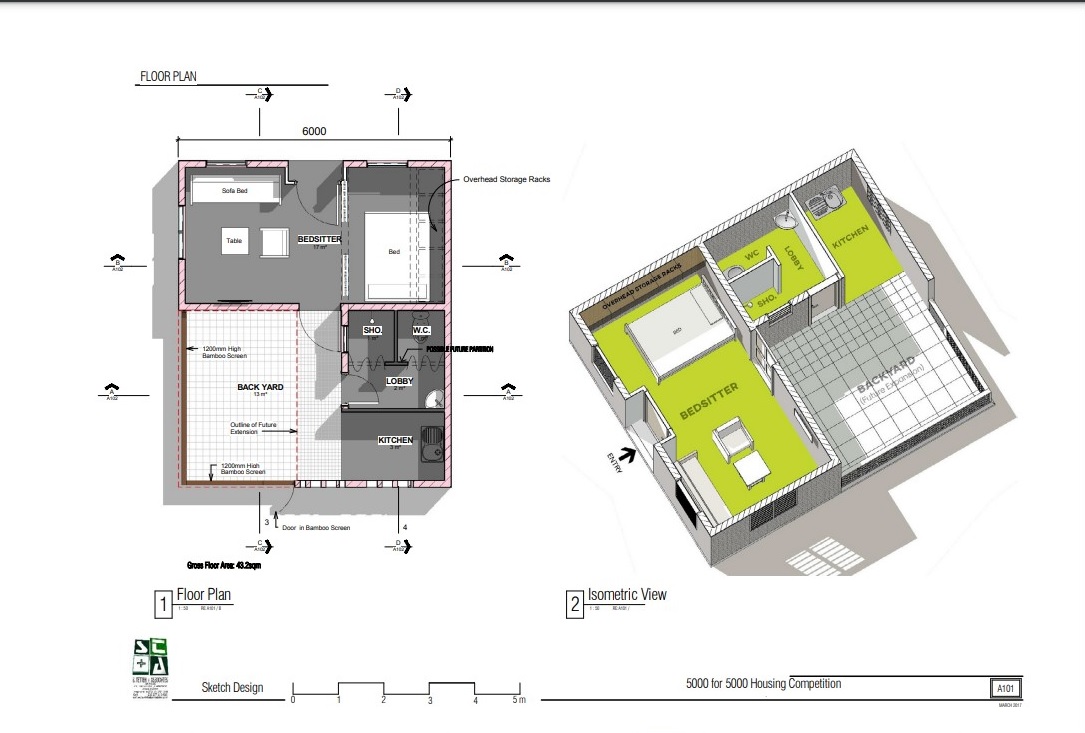 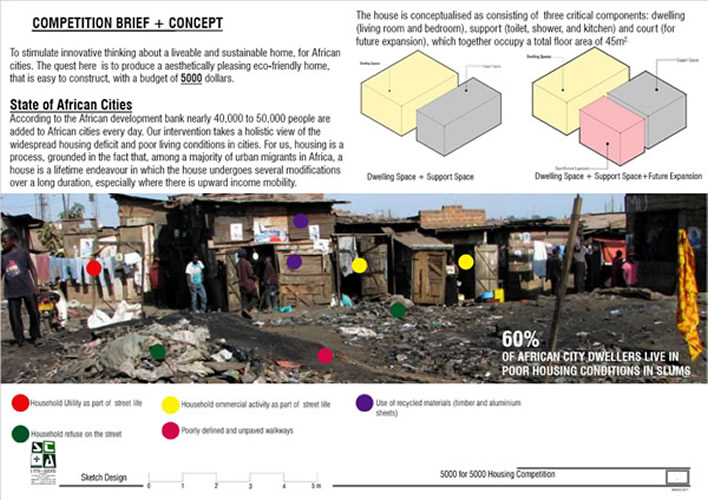 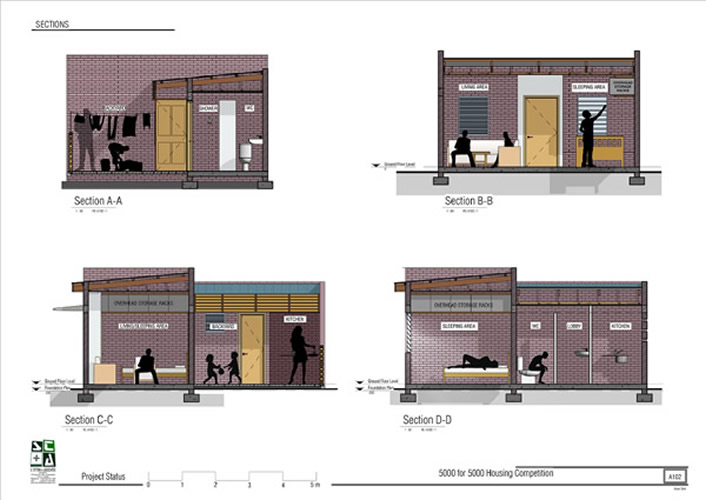 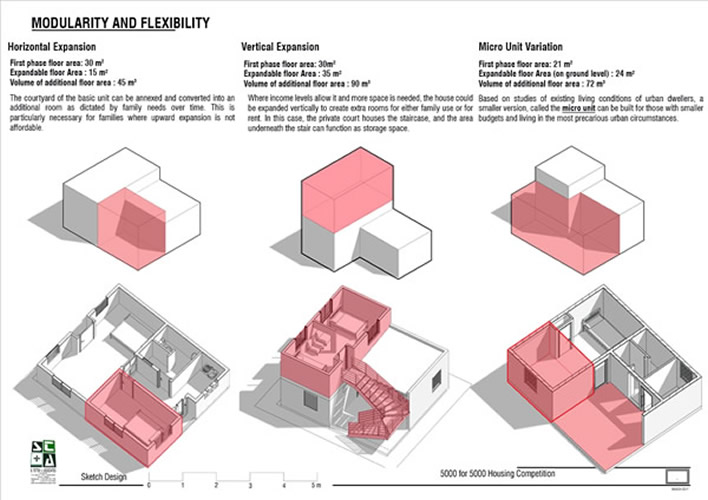 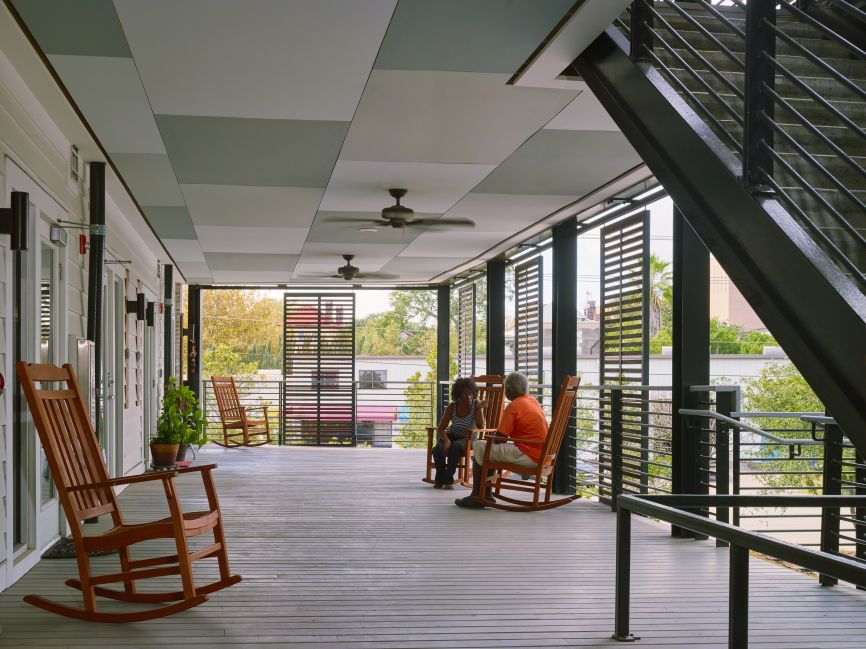 Williams Terrace, Charleston, South Carolina, U.S.A., Architect of Record, McMillan Pazdan Smith Architecture, Spartanburg, South Carolina, U.S.A. /Design Architect, David Baker Architect, San Francisco, California, U.S.A., 2017. "Williams Terrace won the 2019 American Institute of Architects/Housing and Urban Development Secretary's Housing and Community Design Award for Excellence in Affordable Housing Design. This singular nation-wide award recognizes architecture that demonstrates overall excellence in terms of design in response to both the needs and constraints of affordable housing... Wide porches that double as circulation offer places to sit, meet in passing, and personalize a bit of outdoor space." (See: https://www.dbarchitect.com/project_detail/176/Williams%20Terrace%20.html) Photo credit: Chris Luker from DBArchitect.com.
 Williams Terrace, Charleston, South Carolina, U.S.A., Architect of Record, McMillan Pazdan Smith Architecture, Spartanburg, South Carolina, U.S.A. /Design Architect, David Baker Architect, San Francisco, California, U.S.A., 2017. "The design team worked closely with the Housing Authority of the City of Charleston to create a dynamic building that meets the challenges of the site—located in a high-velocity flood zone—and respects the gracious built fabric of downtown historic Charleston... Apartments connect to the wide circulation porches, which have room for some personal touches." (See: https://www.dbarchitect.com/project_detail/176/Williams%20Terrace%20.html) Photo credit: Chris Luker from DBArchitect.com.
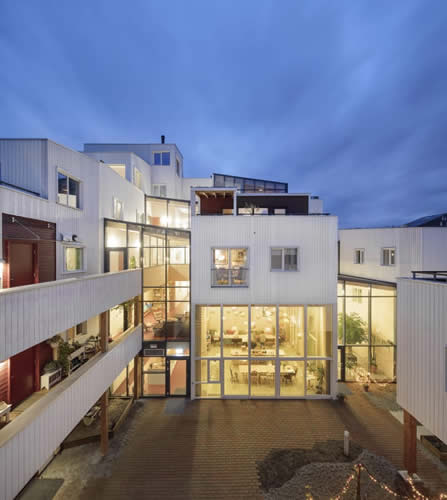 Vindmøllebakken, 40-unit cohousing project, Stavanger, Norway, 2019. Designed by founding architects Siv Helene Stangeland and Reinhard Kropf of Norwegian firm Helen & Hard. The architects now live in Vindmøllebakken. Photo credit: Minna Soujoki Langbord/Courtesy of Helen & Hard via Editon.CNN.com
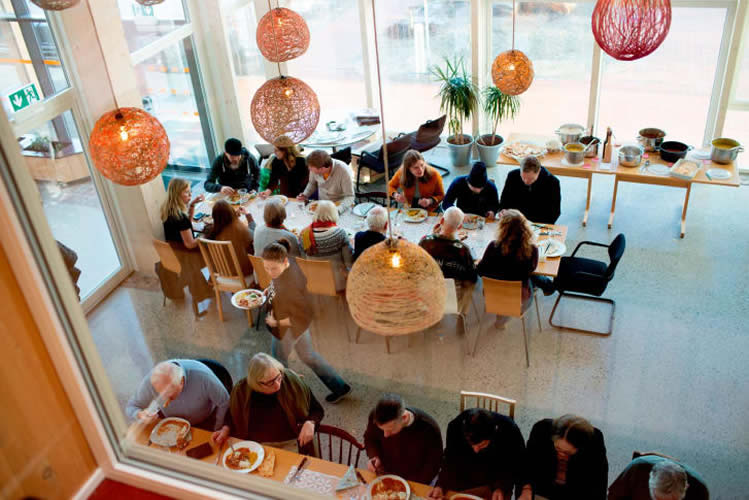 Vindmøllebakken, 40-unit cohousing project, Stavanger, Norway, 2019. In addition to Vindmøllebakken (see previous slide), Helen & Hard are reported to having five other cohousing projects in the works. Photo credit: Sindre Ellingsen/Courtesy of Helen & Hard via Edition.CNN.com
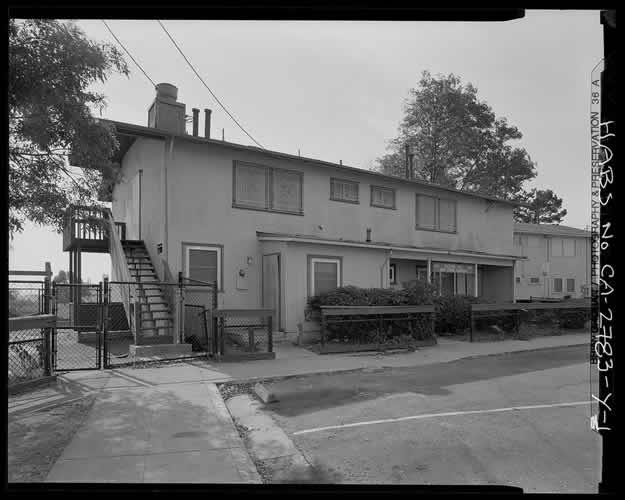 Easter Hill Village, Richmond, U.S.A., 1954. Demolished, 2004. "It was the most significant public effort to provide affordable permanent housing for many families displaced by demolition of temporary World War II housing. It was the first multi-unit residential development to combine the twin themes of the planned unit development with the individuation of units... and the care given to integrating a multi-unit residential development to its site." Historic American Buildings Survey, Library of Congress, U.S.A. (See: https://www.loc.gov/item/ca3350/)
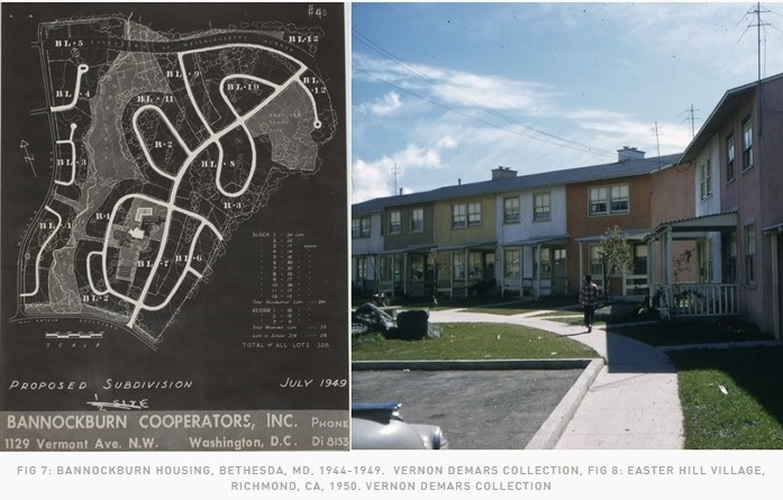 Richmond Village (formerly Easter Hill Village - see previous slide), California, U.S.A., 2008. "The goal for the …Richmond Village project was to turn 300 units of crime-ridden, run-down public housing into a vital neighborhood anchored by a community center and public open space. The development was originally built in 1954 and was a model of public housing until neglect, crime and poverty took over. The Richmond Housing Authority together with Richmond Village…residents collaborated to re-construct a vision of community. The vision included open/community space with mixed-income housing; 100% of the rental housing is affordable, with 70% allocated for public housing residents. The for-sale family homes have a mix of low, moderate and market-rate housing." (See: https://www.nibbi.com/projects/richmond-village/)
|
|

